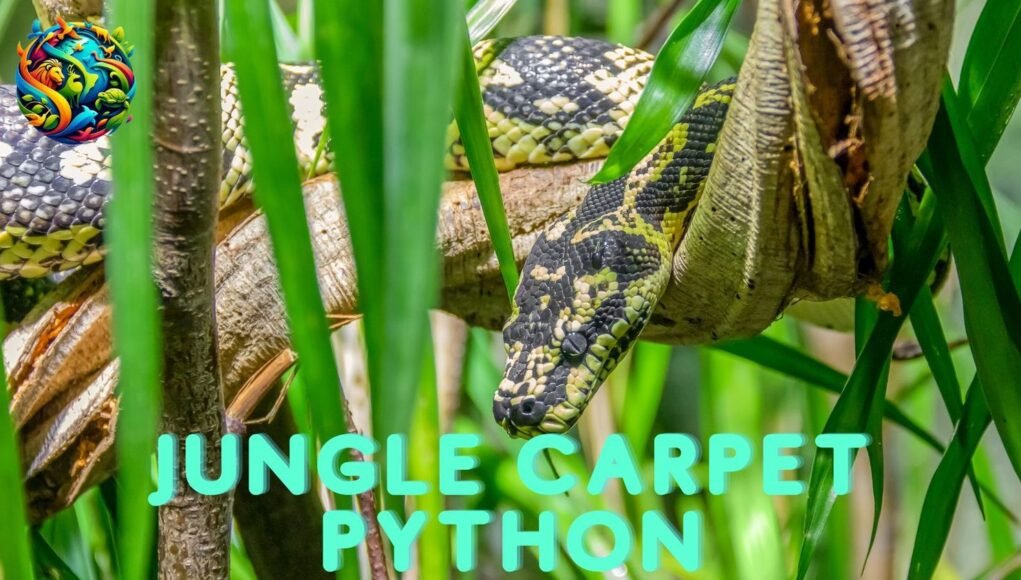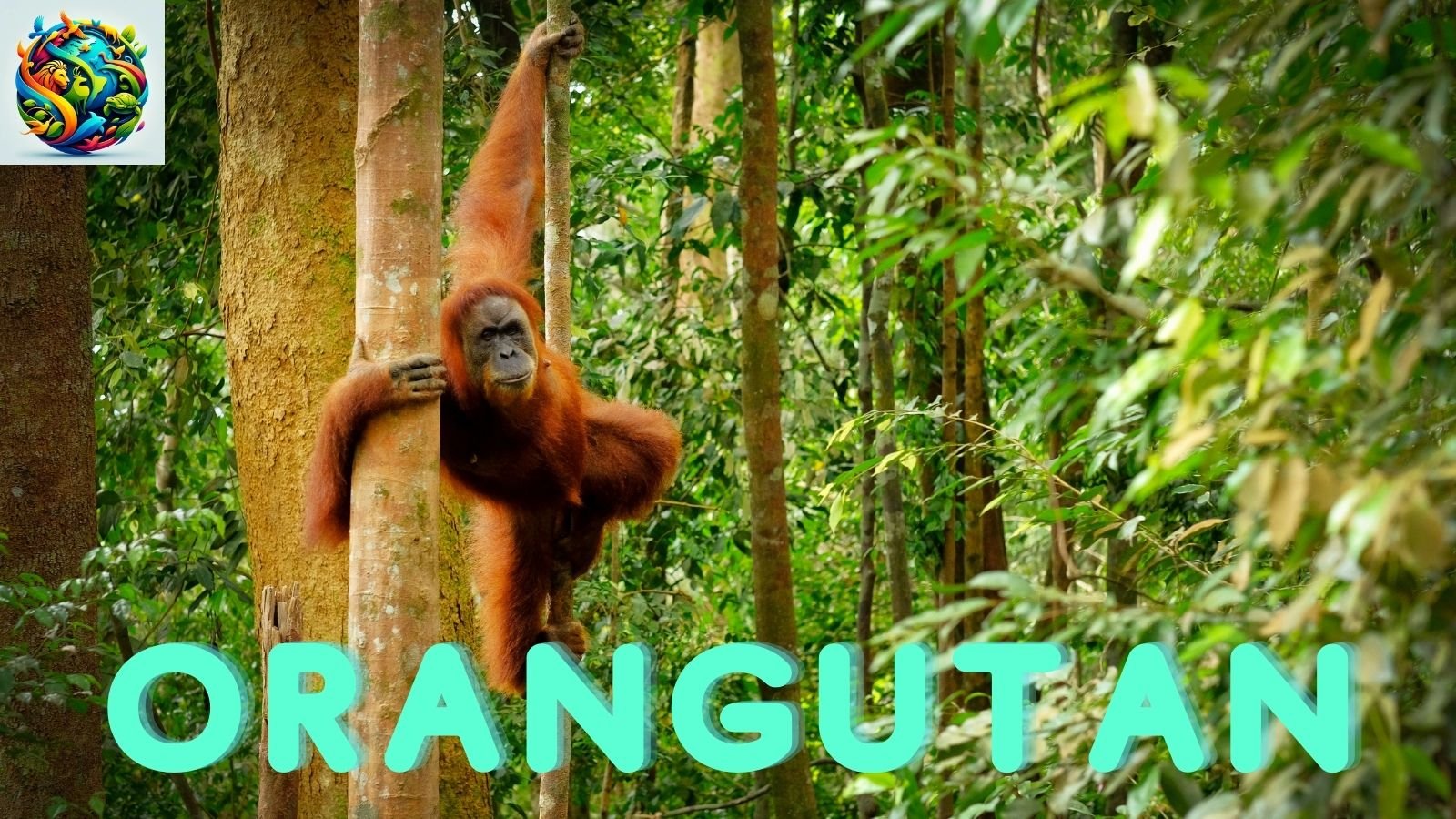Introduction
The jungle carpet python is one of the most captivating snakes in the realm of herpetology. Native to Australia, this beautiful python is celebrated for its stunning coloration, extraordinary size, and unique temperament. As a medium-sized python, it has gained popularity among reptile enthusiasts and exotic pet owners. If you’re considering welcoming a jungle carpet python into your family, understanding their needs and behaviors is essential for ensuring a happy and healthy life.
In this blog post, we will explore various aspects of jungle carpet python care, including their habitat, dietary requirements, breeding, and temperament. With the right knowledge and preparation, you can create an ideal environment for this fascinating creature, enabling it to thrive in a domestic setting.
Amazing Facts About Jungle Carpet Pythons
- The jungle carpet python is a subspecies of the Australian carpet python, known scientifically as Morelia spilota cheynei. Its natural habitat spans rainforests and woodlands, making it adept at climbing and navigating trees.
- This snake species can grow anywhere from 6 to 10 feet in length, with females typically being larger than males. Their striking patterns vary significantly, featuring vivid yellow and black markings that provide excellent camouflage in their natural bushland setting.
- Known for their docile temperament, jungle carpet pythons can be tamed and are often seen as great pets for both novice and experienced reptile owners.
Appearance & Unique Traits
The jungle carpet python is renowned for its breathtaking appearance, characterized by striking color patterns that typically display a rich combination of yellow and black. This coloration may serve as a warning to predators while allowing them to blend into the dappled light of their forest habitat. The beautiful coloration can vary among individuals, leading to a range of patterns and gradients—all exquisite in their own right.
One unique trait of this species is its semi-arboreal nature. Jungle carpet pythons are excellent climbers, often found resting on branches or hunting in trees. This ability enables them to access a wide variety of prey and adapt their hunting styles. Understanding their need for vertical space is crucial when considering jungle carpet python care.
In terms of size, these snakes tend to be medium compared to other members of the python family. Their length may range from 6 to 10 feet when fully grown, with females generally surpassing males. Despite their size, the jungle carpet python is not known for aggressive behavior, making them suitable for pet owners looking for a manageable yet impressive snake.
Overall, the combination of their stunning appearance, intriguing behavior, and manageable size makes the jungle carpet python a popular choice among reptile enthusiasts. Their unique traits only add to their appeal, showcasing them as a true gem of the python family.
Habitat & Food
Where They Live
The jungle carpet python (Morelia spilota cheynei) thrives in the lush, tropical rainforests of northeastern Queensland, Australia. This medium-sized python is known for its striking appearance and adaptability. In the wild, they inhabit a variety of environments, including forested regions and areas with dense underbrush. Their habitat usually features a mix of tree canopies and open spaces, providing ample opportunities for climbing, one of their preferred behaviors.
These pythons are excellent climbers and can often be spotted coiling around tree branches or resting among the foliage. This arboreal lifestyle not only helps them hide from potential threats but also positions them perfectly to hunt for prey. A successful jungle carpet python needs a habitat that offers both vertical climbing opportunities and sufficient shelter from larger predators and competition. Additionally, they benefit from a relatively stable climate, which allows them to thrive throughout the year.
What They Eat
The diet of a jungle carpet python primarily consists of small mammals, birds, and reptiles. In the wild, they use their keen sense of smell to locate prey, striking swiftly when the opportunity arises. Given their size and habitat, these pythons are particularly skilled at ambushing their food. Jungle carpet python care in captivity similarly reflects their natural diet. Owners often provide a variety of food items, including rodents and birds, ensuring that their pet receives balanced nutrition.
When it comes to feeding, it’s vital to mimic the conditions of their natural python snake habitat as closely as possible. For example, providing food that encourages hunting behavior, such as live or pre-killed prey, helps maintain their physical health and mental stimulation. Ensuring proper space and environment during feeding can also reduce stress for the snake, leading to a more satisfied pet. It’s essential to monitor their diet closely, as overfeeding can lead to obesity and other health issues.
Predators & Threats
Natural Predators
In the wild, the jungle carpet python faces various natural predators. Birds of prey, such as eagles and hawks, pose significant threats, particularly to juvenile snakes. Larger reptiles and carnivorous mammals also endanger them, especially when the python is on the ground or hunting. Such predation is an inherent part of the ecosystem balance, making it crucial for adult pythons to remain vigilant in their environment.
Both juvenile and adult jungle carpet pythons employ different strategies for survival. Young snakes often rely on camouflage and remain hidden among the foliage, while adults use their size and strength to deter potential threats.
Human Threats
Human activities present a substantial threat to the Australian carpet python population. Habitat destruction due to logging, agriculture, and urban development significantly diminishes their natural environment. Furthermore, illegal collection and trade have put additional pressure on their numbers. These practices not only impact the jungle carpet python but also disrupt the complex ecosystems in which they exist.
Education and awareness regarding the conservation of this species are critical. Responsible pet ownership plays an important role in reducing the demand for wild-caught specimens, aiding in the protection of these spectacular snakes.
Conservation Challenges
Conservation efforts for the jungle carpet python face unique challenges. While the species is currently not endangered, its habitat is increasingly under threat. Protecting the rainforest and preventing further deforestation are essential for ensuring the survival of these pythons and many other species that share their environment.
Public awareness initiatives promoting the importance of snakes in the ecosystem can help mitigate fear and misunderstanding of these animals. By educating the community on their ecological role, we improve their chances of coexistence with humans. Efforts from wildlife organizations to preserve their natural habitat will be vital for the sustainability of this fascinating species.
Types & Species
The jungle carpet python, scientifically known as Morelia spilota cheynei, stands out within the carpet python family for its remarkable appearance, characterized by a beautiful pattern of black and yellow or gold scales, making it a favorite among reptile enthusiasts. They hail from the rainforests of northeastern Australia, where their vibrant colors serve as both camouflage and a warning to potential predators. Understanding different types within the carpet python category can provide a comprehensive perspective on their unique traits and care requirements.
While the jungle carpet python is a standout, the Australian carpet python consists of several other varieties, each with distinct characteristics. These include the coastal carpet python and more, distinguished by their geographic location and environmental adaptations. For instance, coastal variants tend to be larger and exhibit slightly different coloration. In contrast, the jungle carpet python is more compact yet possesses a unique allure that many snake owners admire.
Mating & Communication
The jungle carpet python engages in fascinating mating rituals typical of the species. As breeding season approaches, males exhibit a range of behaviors to attract females, including vibrant displays of their colors and posturing to establish dominance. Communication between the sexes is primarily achieved through visual signals, where males often perform rituals showcasing their physical prowess, such as exaggerated movements and head raises.
During mating, the female can choose her mate based on these displays, which indicate health and genetic fitness. The breeding period typically occurs during the warmer months when temperatures rise, providing optimal conditions for reproductive success. In captivity, providing a suitable temperature gradient—where the basking area is warmer than the cooler portion of the enclosure—can facilitate natural breeding behaviors.
The jungle carpet python typically lays eggs, with clutch sizes varying widely. A healthy female can lay between 6 to 30 eggs. After laying, she will coil around the eggs, incubating them by utilizing her body heat, which is critical for embryo development. Understanding this reproductive behavior is essential for any owner interested in utilizing a carpet python breeding guide for successful breeding.
Human Interaction
Human interaction with the jungle carpet python can vary widely, with many owners praising their engaging temperament. Unlike some snakes, the jungle carpet python is known for its relatively docile nature, making it suitable pets for both novice and experienced keepers. They generally exhibit a calm demeanor when properly socialized, though individual temperament can differ based on genetics and handling practices.
When it comes to jungle carpet python care, creating an environment that mimics their natural habitat is vital. A proper enclosure should include branches for climbing, ample hiding spots, and a suitable substrate that retains humidity without becoming overly damp. Regular interaction is essential—this reptile thrives on a consistent routine. Handling them regularly from a young age helps develop a bond between owner and snake, significantly reducing stress levels and enhancing the overall experience.
In terms of diet, the jungle carpet python primarily feeds on small mammals and birds in the wild. In captivity, live or frozen rodents that match the snake’s size are recommended. Young pythons require more frequent feedings compared to adults, who may only need a meal once every couple of weeks. Monitoring their health is an integral part of pet ownership; observing feeding habits, the shedding process, and general activity levels provides insight into their well-being.
How to Pronounce Jungle Carpet Python in Key Languages
Understanding how to communicate about the jungle carpet python in various languages can enrich your engagement with the global reptile community. In English, the term is straightforward, but here’s how you might pronounce it in a few other languages:
- Spanish: “pitón de alfombra de la jungla” – roughly pronounced as “pee-ton day al-fom-bra day la hoon-gla.”
- French: “python tapis de la jungle” – pronounced as “pee-ton tah-pee duh lah zhun-gl.”
- German: “Dschungel-Teppichpython” – pronounced as “dshoon-gel tepp-ikh pee-ton.”
Learning these pronunciations not only enhances your cultural knowledge but also deepens your connection to the jungle carpet python community worldwide. Embracing the diversity in communication about this fascinating reptile can undoubtedly open doors to new friendships and shared interests.
FAQ
What is the lifespan of a jungle carpet python?
A jungle carpet python can live for 15 to 20 years in captivity with proper care. In the wild, their lifespan may be shorter due to environmental factors and predation.
What is the conservation status of the jungle carpet python?
The jungle carpet python is currently listed as Least Concern on the IUCN Red List. However, habitat loss and illegal trading pose potential threats to their population.
What does a jungle carpet python eat?
This python primarily feeds on small mammals, birds, and reptiles. In captivity, a balanced diet of rodents is essential for their health.
What are the behavioral traits of a jungle carpet python?
Jungle carpet pythons are generally calm and can be quite tolerant of handling. They are semi-arboreal, often spending time in trees, which influences their temperament.
How do jungle carpet pythons reproduce?
These snakes are oviparous, meaning they lay eggs. The female lays about 8 to 20 eggs, which she incubates by coiling around them until they hatch.
What unique traits do jungle carpet pythons have?
Jungle carpet pythons are known for their striking patterns and colors, which can vary significantly. Their attractive appearance makes them popular among reptile enthusiasts who appreciate medium-sized pythons.
Learn more on Wikipedia.




